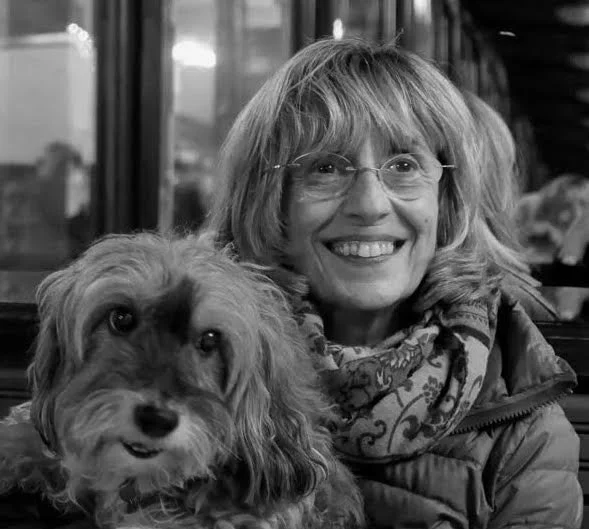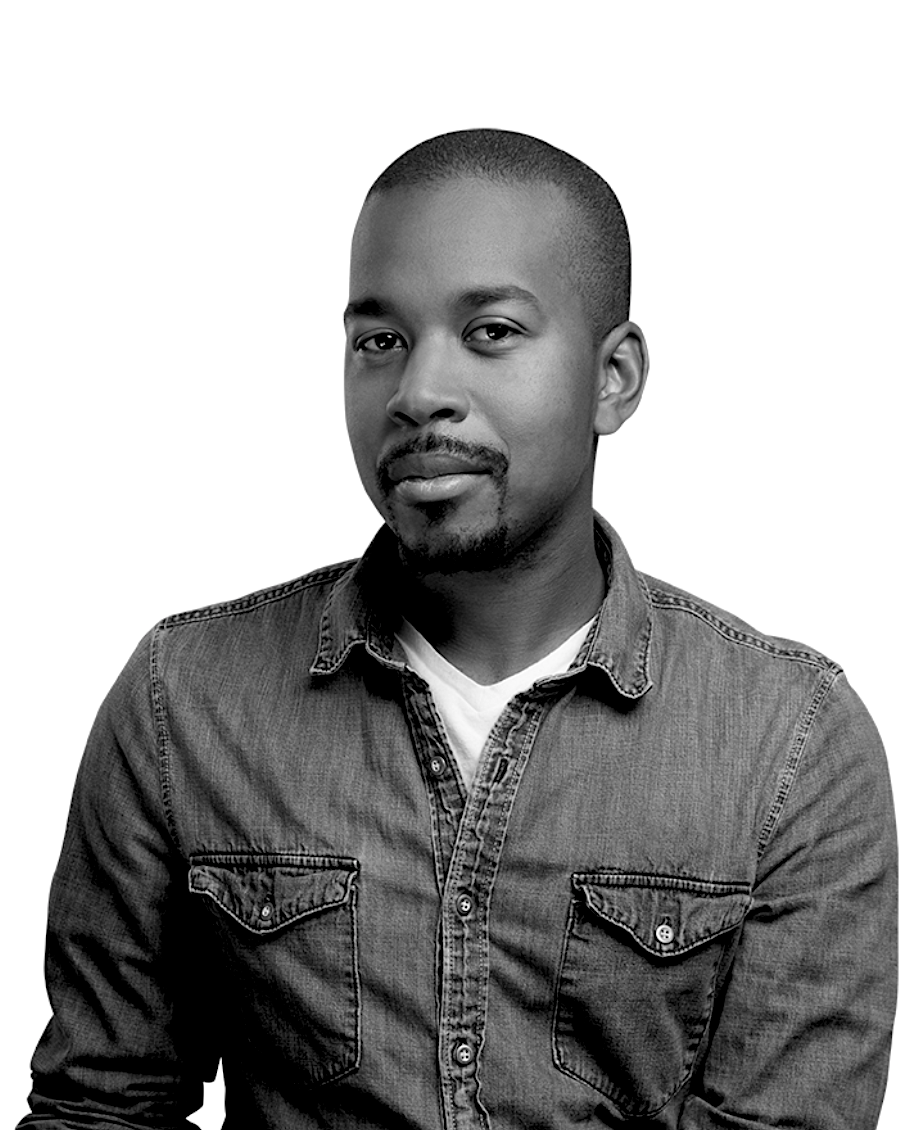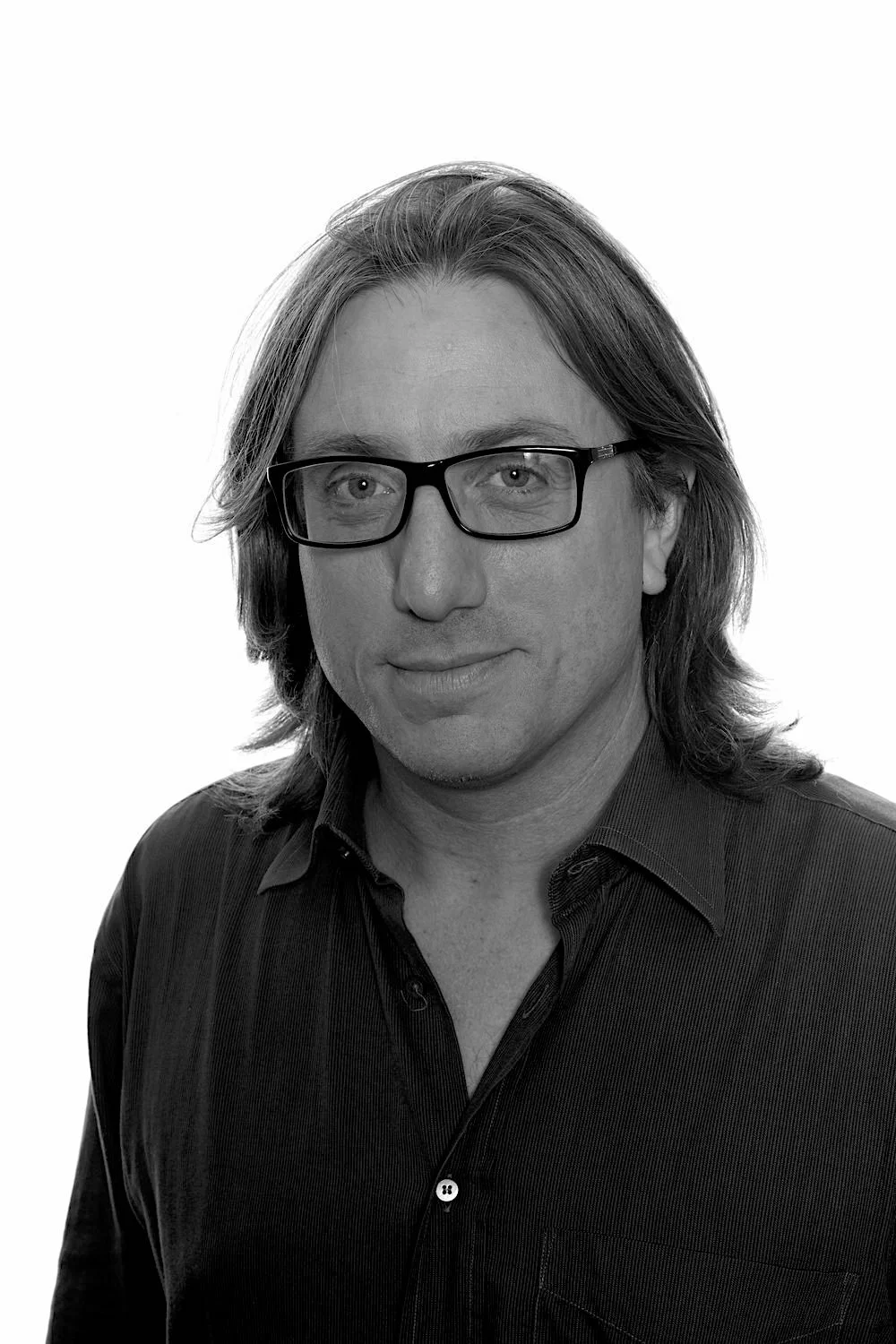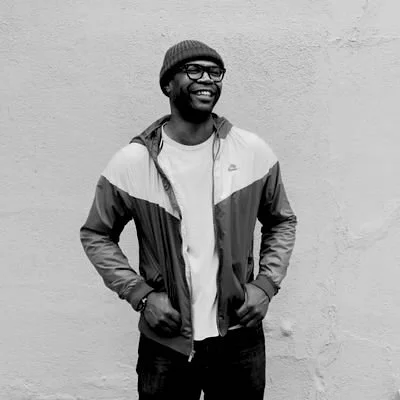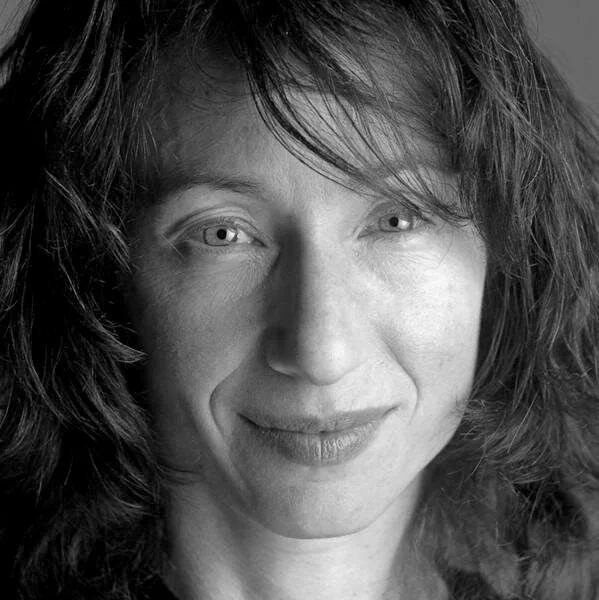The Photographers
Abortion Rights:
Photographers / Contemporary Images
Michalina Kuczyńska (Poland) is a photographer who has been photographing protests in Silesia for the past 3 years. She is a member of the Archive of Public Protest; and a lawyer by profession.
Rafał Milach (Poland) is a visual artist whose work focuses on topics related to the transformation in the former Eastern Bloc. He is a professor at the Krzysztof Kieślowski Film School in Katowice Poland and the ITF Institute of Creative Photography of the Silesian University in Opava, Czech Republic. His award-winning photo books include several titles. Rafal is a founder of the Archive of Public Protest and Sputnik Photos; as well as an associate member of Magnum Photos.
Postcards from Forever is a project in progress. More photographers will be added on a rolling basis.
Abortion Rights:
Photographers / Archival Images
Dona Ann McAdams (b. 1954, USA) is an activist, community organizer and award-winning photographer, whose work has been displayed at the Museum of Modern Art and The Whitney Museum of American Art, among other places. Her book of photography, Caught in the Act, was published by Aperture. Since 1983, she has worked with under-served communities, sharing photography in places as diverse as adult homes, homeless shelters, day programs, farming communities, convents and the backstretch of thoroughbred racetracks. She is the director of the Sendak Fellowship.
Sandra-Lee Phipps (b. 1959, USA) is a passionate fine art photographer, documentarian, and educator. Phipps is a full-time faculty member and Professor of Photography at Savannah College of Art and Design in Atlanta Georgia. She worked extensively for The Village Voice in the 1990s. Phipps holds a B.A. in Journalism from The University of Georgia, Athens and a Master’s of Art in Studio Arts degree from New York University. She has free-lanced extensively for The New York Times, Reader’s Digest, Vanity Fair, The Sun Magazine, and the Washington Post Magazine. Her work is held in numerous private collections worldwide.
Meryl Levin (b. 1967, USA) has worked as a social documentary photographer with a focus on health, social welfare, and political engagement for over 25 years. She is the author of two monographs and editor/curator of several publications and group exhibitions. Levin taught at The School of Visual Arts in New York City for seven years, until moving to New Hampshire where she is an adjunct professor at Southern New Hampshire University. Levin is currently the Executive Director of Mill Falls Charter School, New Hampshire's first public Montessori school, which she helped to found in 2012.
Paola Agosti (b.Turin, 1947) is a freelance photographer since 1969. During her career, she dealt carefully with the feminine world, devoting several books to it: among them “Riprendiamoci la vita” (Take our lives back) (1977), about the heady years of feminism, and “La donna e la macchina” (Woman and machine) (1983), on women’s work in Northern Italy factories. Amongst her many essential works are her photographs of some of the main protagonists of European 20th-century culture in “Mi pare un secolo” (It feels like a century) (1992), done together with Giovanna Borgese. Paola’s images – some of which are part of permanent collections in several museums – have been exhibited in Italy and abroad.
Racial Justice:
Photographers / Contemporary Images
Brent Lewis is a founder of Diversify Photo, a groundbreaking resource for photo editors to discover photographers of color. Diversify Photo is a community of BIPOC and non-western photographers, editors, and visual producers. Brent is a photographer who has worked at The Denver Post, The Rockford Register Star in Illinois and The Chillicothe Gazette in Ohio. He’s been a photo editor at The Washington Post, senior photo editor at ESPN’s The Undefeated, as is currently a photo editor at the New York Times.
Jon Lowenstein has been a professional photographer for more than 25 years. He specializes in long-term, in-depth projects that confront the realms of power, poverty, and violence. Lowenstein has spent the past decade engaging his adopted community on Chicago’s South Side. He is a National Geographic Explorer, a Guggenheim Fellow, and was awarded the 2012 Open Society Foundation’s Audience Engagement Grant. Jon is also a TED speaker and Senior Fellow; as well as a member and owner of the NOOR Images cooperative and photo agency.
Joseph Rodríguez is a Documentary photographer born and raised in Brooklyn, New York. Recent exhibitions of his work have appeared at The African American Museum, Philadelphia, PA; Birmingham Civil Rights Institute, Birmingham, Alabama, Open Society Institute’s Moving Walls, New York, including many others. Joseph teaches at the New York University, the International Center of Photography, New York. Rodriguez won an Alicia Patterson Journalism Fellowship in 1993 photographing gang families in East Los Angeles.
Joshua Lott is a photojournalist based in Chicago, Illinois. He is a regular contributor to The New York Times, Reuters, Getty Images, Agence France Presse and The Washington Post. He has a passion for documenting politics dating back a decade. Between 2009 and 2013, he was based in Phoenix, Arizona, out of which he covered Arizona's immigration crack-down, the Mexican border, wildfires and the Tucson shooting. As the nation has turned its attention to Detroit in the wake of its bankruptcy, Lott has covered news assignments out of the city for over a year.
Nina Berman is a documentary photographer, filmmaker, author and educator. Her wide-ranging work looks at American politics, militarism, environmental contamination and post violence trauma. Her photographs and videos have been exhibited at more than 100 venues. Her fellowships, awards and grants include the New York Foundation for the Arts, the World Press Photo Foundation, Pictures of the Year International, the Open Society Foundation. She is a member of the photography and film collective NOOR images and a professor at Columbia University Graduate School of Journalism where she directs the photography program.
Postcards from Forever is a project in progress. More photographers will be added on a rolling basis.
Racial Justice:
Photographers / Archival Images (Library of Congress)
Dick DeMarsico worked for the New York World-Telegram and the Sun as a staff photographer. He captured images of Martin Luther King, Jr. and other Civil Rights movement leaders during this era.
Gordon Parks, one of the greatest photographers of the twentieth century, was a humanitarian with a deep commitment to social justice. He left behind an exceptional body of work that documents American life and culture from the early 1940s into the 2000s, with a focus on race relations, poverty, civil rights, and urban life. Parks was also a distinguished composer, author, and filmmaker who interacted with many of the leading people of his era.
Jack Delano was an American photographer for the Farm Security Administration (FSA) and a composer noted for his use of Puerto Rican folk material. He attended the Pennsylvania Academy of the Fine Arts where he was awarded the Cresson Traveling Scholarship, on which he chose to travel to Europe, where he bought a camera that got him interested in photography.
James F. Gibson is regarded as one of the American Civil War's most significant photographers. Gibson's first documented trip into the field was when he accompanied George N. Barnard to the Bull Run battlefield in March 1862. His own greatest legacy was the wide array of photographs he took while on the Virginia peninsula.
Marion S. Trikosko first learned how to operate a speed graphic camera in the Philippine Islands during WWII, where he was stationed. After his discharge from the service, he moved to Washington, D.C. where he worked as a photographer for U.S. News & World Report for 28 years.
Thomas J. O'Halloran worked for U.S. News & World Report for 35 years before retiring in 1986 as chief photographer. During World War II, he served in the Army Air Forces in Europe, where he helped set up photographic equipment in bombers. He was a member of the White House News Photographers Association and the National Press Photographers Association.





